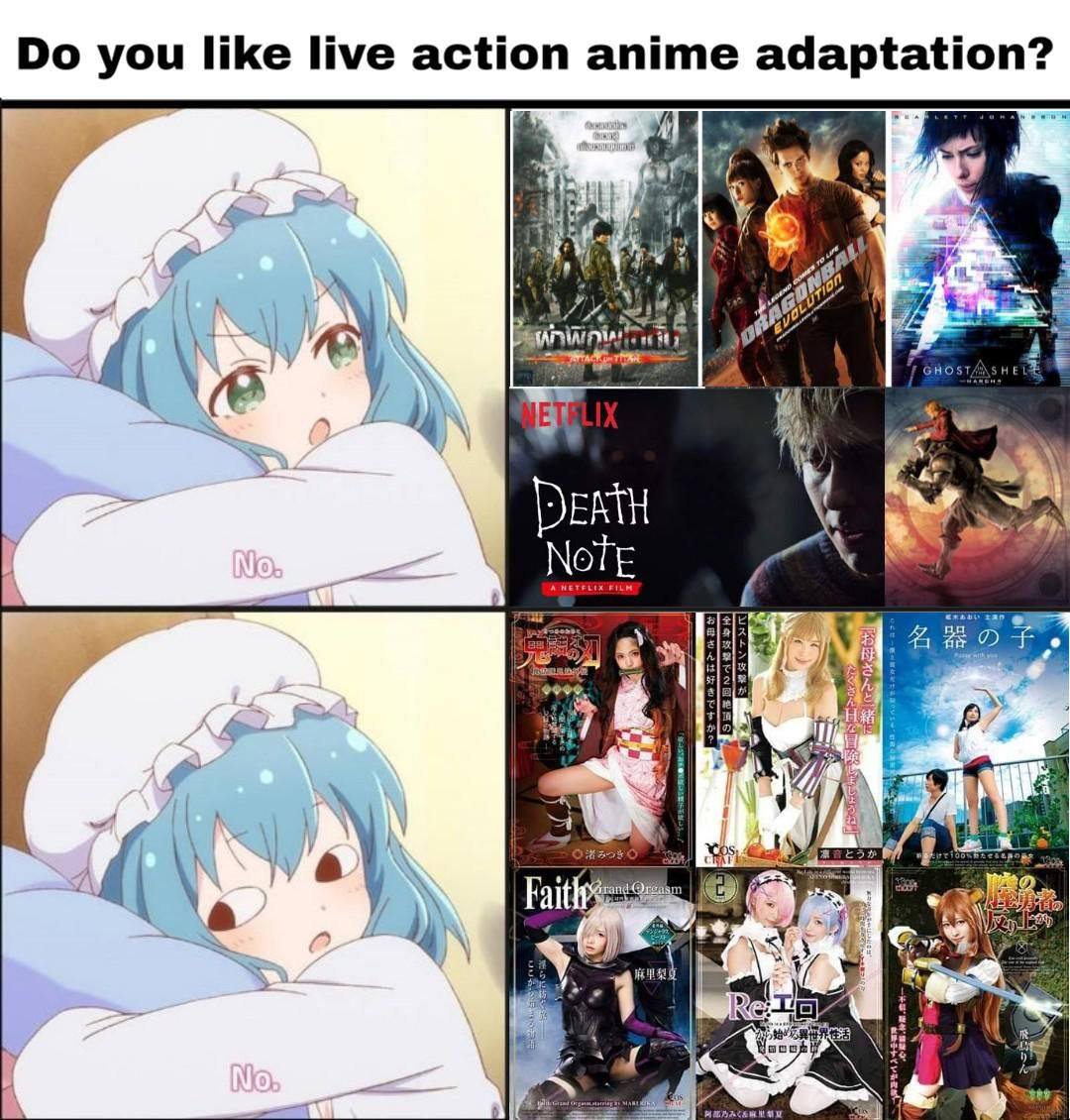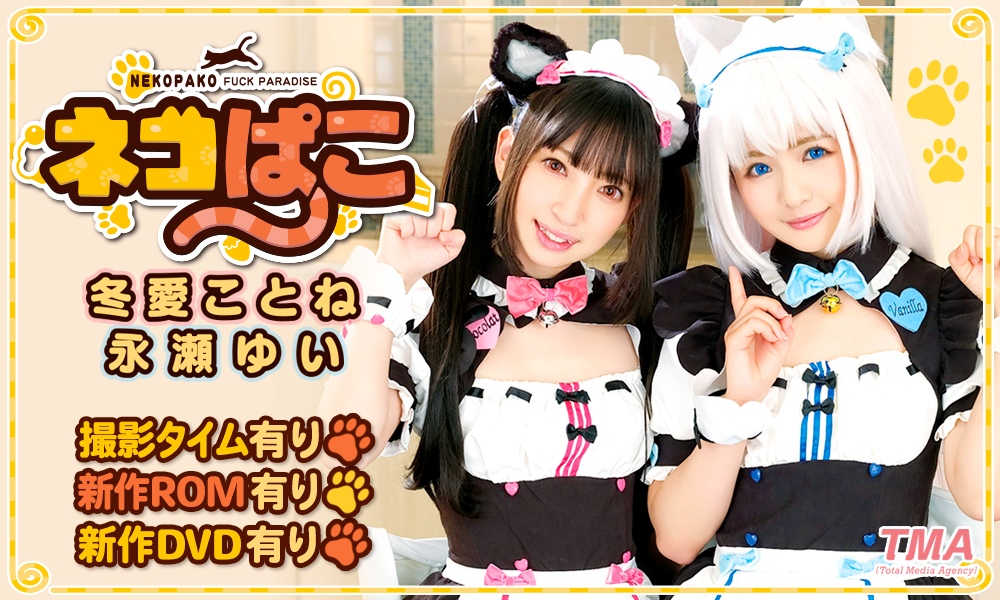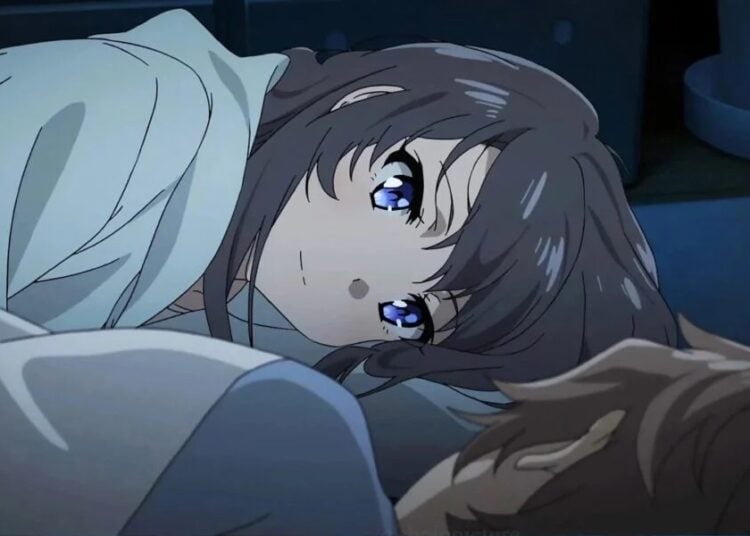There are many kinds of fans out there. Some enjoy watching subtitled anime, others prefer the dubs. Some insist that only the manga tells the “true” story, while others are purists for the original Light Novels. But one thing we can all agree on is that anime live-action adaptions are always terrible. Right?
Reasons Why Fans Hate Anime Live-Action Adaptions
It almost seems to be a universal thing that existing fans of an anime series will always unite in denouncing any live-action adaption. The reasons are many but include:
- Anime can literally depict anything that can be drawn, from impossibly flamboyant characters to facial expressions and emotions no actor could ever pay justice to. Expecting this from live-action performers is impossible.
- There are no limits to the colors anime can use to create its universe, from the palette the world is built from to the unrealistic hair colors anime characters frequently sport. In live-action, there are actual limitations.
- The action in anime is a huge part of the draw of the medium, and trying to recreate this in live-action requires the (over)-use of CGI, which quickly becomes a soulless mess.
- Fans object to changes in the stories, which would be required in any conversion from a long series being boiled down to a 2-hour film, but which seem especially frustrating when paired with other changes.
- In the case of Hollywood adaptions of beloved anime works, any attempts at “Westernizing” a story or changing the nationality of any actors can cause problems.
- In the end, live-action adaptions are seen as unnecessary, not adding anything of value to anyone, except perhaps the greedy film studios.
Did you know that Asian local versions of famous dramas like Suits and Criminal Minds exist? Here’s another blog post you might like.
Why Do Anime Live-Action Adaptions Even Exist?
Clearly fans take their anime seriously, and when the subject of live-action versions comes up they can get passionate. Let’s look at some reasons why there are so many live-action adaptions made.

They Make Money
Of course, live-action anime must be making money, or no studios would make them. The three Ruroni Kenshin films brought in $120 million, while the 20th Century Boys series made almost that amount. Even the 2018 Kaguya-sama: Love is War film brought in a respectable $20 million.
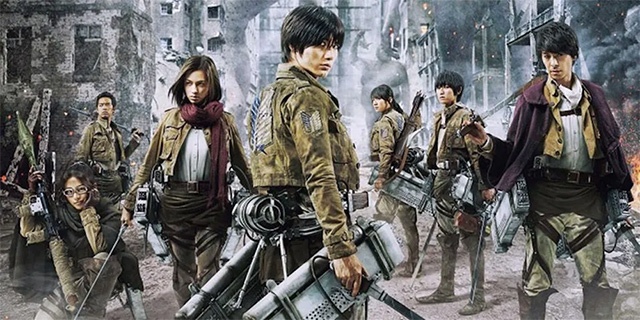
Creators Want Them To Exist
I love anime series that delve into the anime industry itself, and one fun show was Girlish Number, which cynically explored some of the less savory elements of the anime and seiyu industries. In one episode, a manga creator was complaining about the headaches associated with translating his work into anime form, how it was far more trouble than it was worth financially…and yet, the siren song of アニメ化 (anime-ka, the creating of an anime work based on a manga or novel), was something no creator could resist. I’m sure that 実写化 (jissha-ka, the translating of a 2D work into live-action) holds a similar allure for creators, the chance to see their characters brought into a new medium and enjoyed by a new audience.
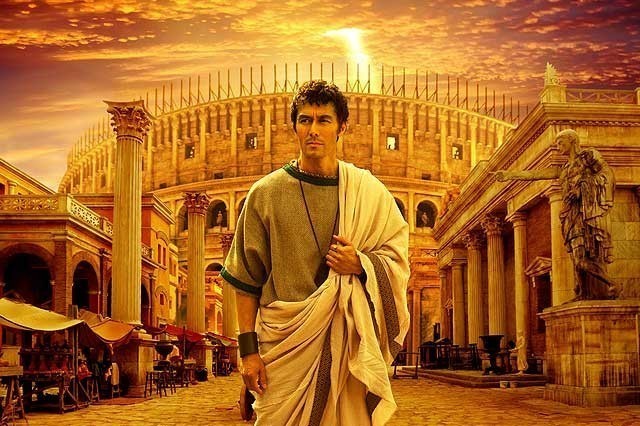
They’re Cheap to License
Often live-action adaptions to manga and anime can be cheap, like the smash hit Thermae Romae, the story of an ancient Roman architect who discovers a magical passage in a spa leading to modern-day Japan, which cost just $100,000 to license yet brought in $58 million. Also, live-action works based on anime are often much cheaper to produce than the original anime works.
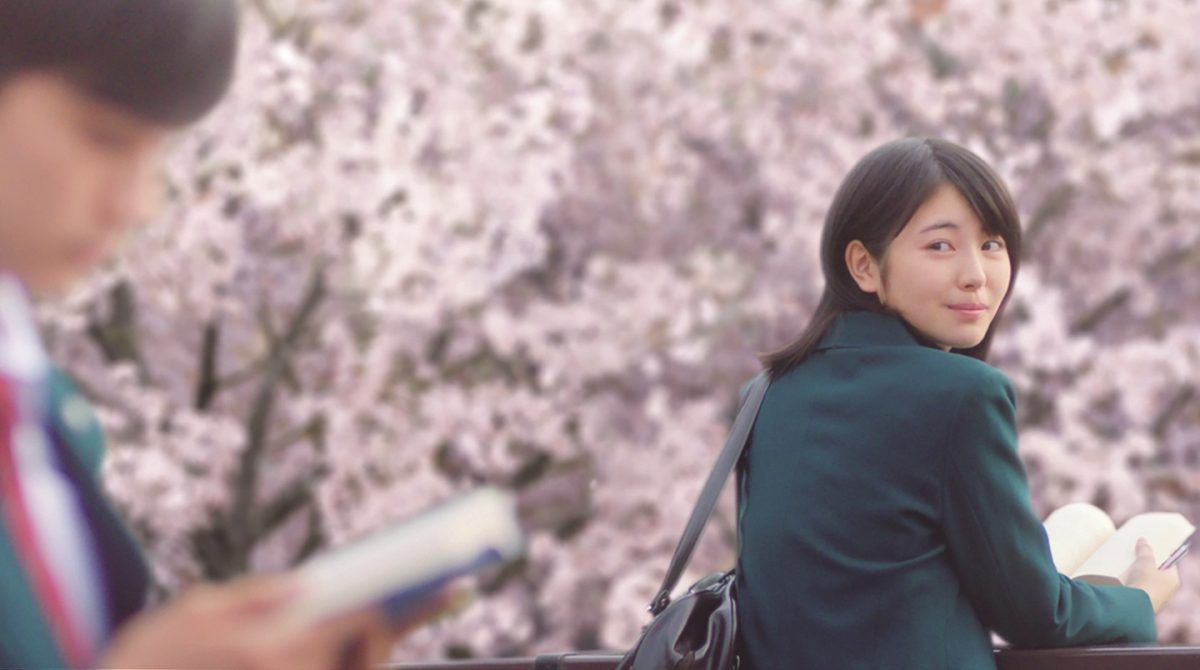
Some Stories Lend Themselves to Live-Action Versions
Many stories with flamboyant battles and supernatural elements like Dragon Ball or Death Note induce groans by fans, who don’t want to look at a lot of annoying CGI for two hours. But many character-based stories can be quite successful in live-action forms, such as Nodame Cantabile, Hana Yori Dango, or I Want To Eat Your Pancreas.
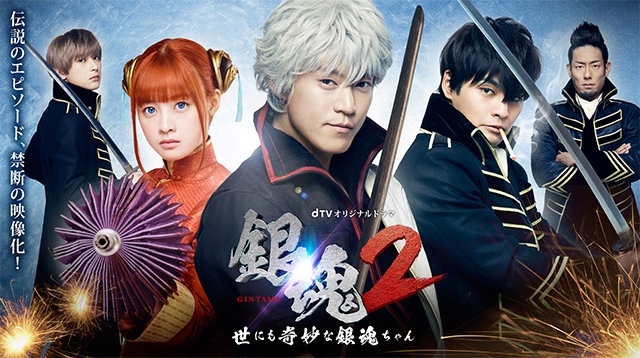
Film Studios Are Neta-Gire (Out of Ideas)
The top part of a piece of sushi is called the neta, and this word also refers to any kind of creative material, such as jokes told by a comedian or ideas for a film studio to adapt. (The word neta also refers to whatever visual material a person has chosen to use during their private sexy time.) The word neta-gire means “out of ideas,” and explains why so many studios turn to existing 2D works that already have established fanbases for their productions. The word also explains why 90% of Hollywood’s films seem to be sequels, prequels, or reboots of works we’re also familiar with.
What Makes a Good Live-Action Adaption?
While we can all think of many examples of anime live-action attempts were immediately turned off by, the truth is that a lot of works are quite excellent if we’d only give them a chance.
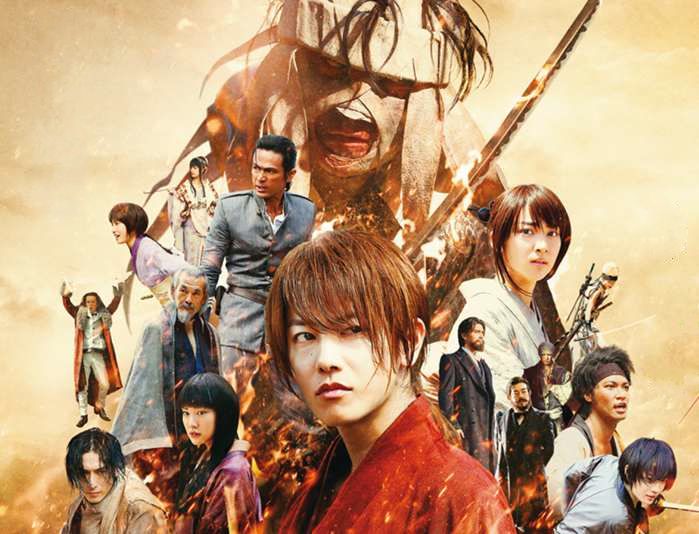
The Ruroni Kenshin films really impressed fans with their dedication to outstanding cinematography and storytelling and are worth your time. The sword-fighting scenes were especially well done.
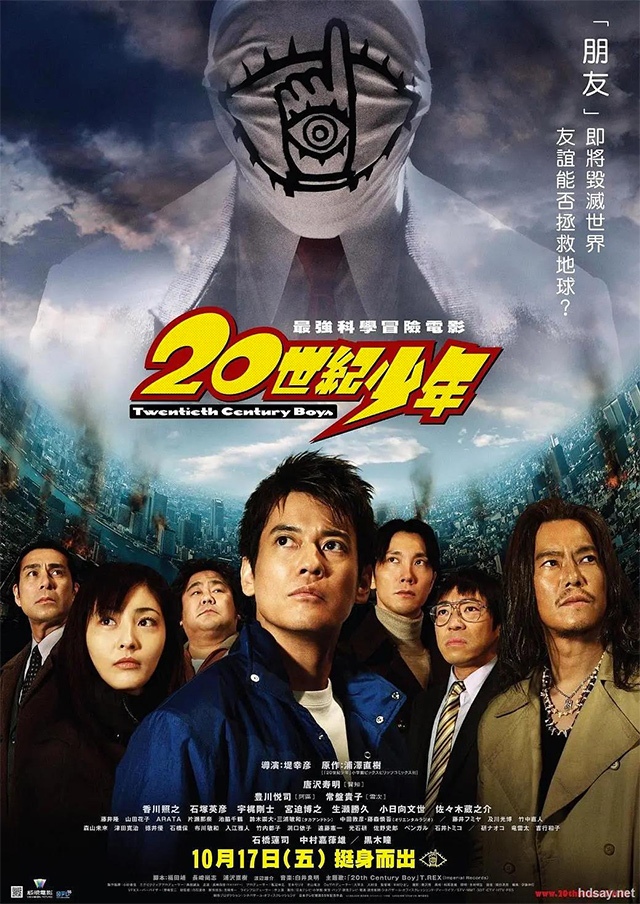
20th Century Boys is a trilogy of high-budget films based on the manga by legendary manga-ka Naoki Urasawa, which tells a long story of a group of friends in 1969, one of whom grows up to become an enigmatic monster named Friend who aims to take over the world. This work perhaps shows that manga-to-serious-film translations can work well, but trying to work with material that’s already been animated is not a good idea.

Another success story of a Japanese manga-to-film adaption is Edge of Tomorrow based on the manga and light novel All You Need is Kill, which was basically Steins;Gate meets Groundhog Day meets WWII. They even left in common Japanese lines, like Emily Blunt asking “is there something on my face?” when Tom Cruise stares at her for a long time.
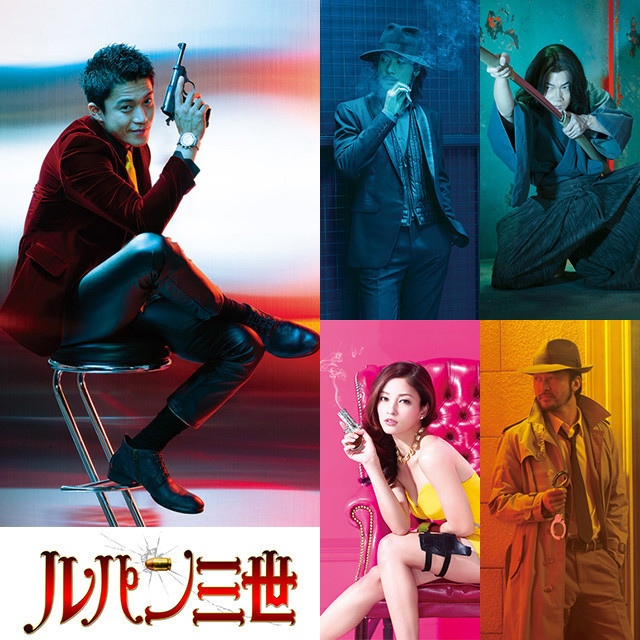
Some works are so legendary, it’s a given that they’d be recreated in live-action form. One example was Sazae-san, the most popular anime you’ve never seen, which recently celebrated its 50th anniversary with a Sazae-san live-action drama that showed what the characters were doing today. Another work that’s so famous that fans love to see it in live-action form is Lupin III.
The Only Live-Action Adaptions We Need?
In the end, live-action adaptions of animated works are hit-or-miss and are generally regarded as not worth fans’ time. Instead, we suggest the outstanding ecchi parody JAV works by companies like TMA, which offer an entirely new take on the 2D characters that we all love. Browse some great new titles here!



